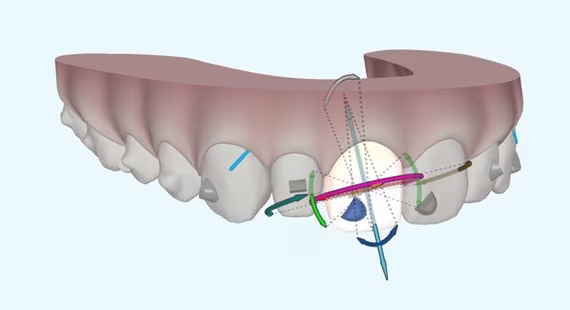
Invisalign ClinCheck: 5 reasons to work with it
Introduction: Initial Considerations If you work with aligners, I'm sure that more than once you've considered changing brands, although most probably
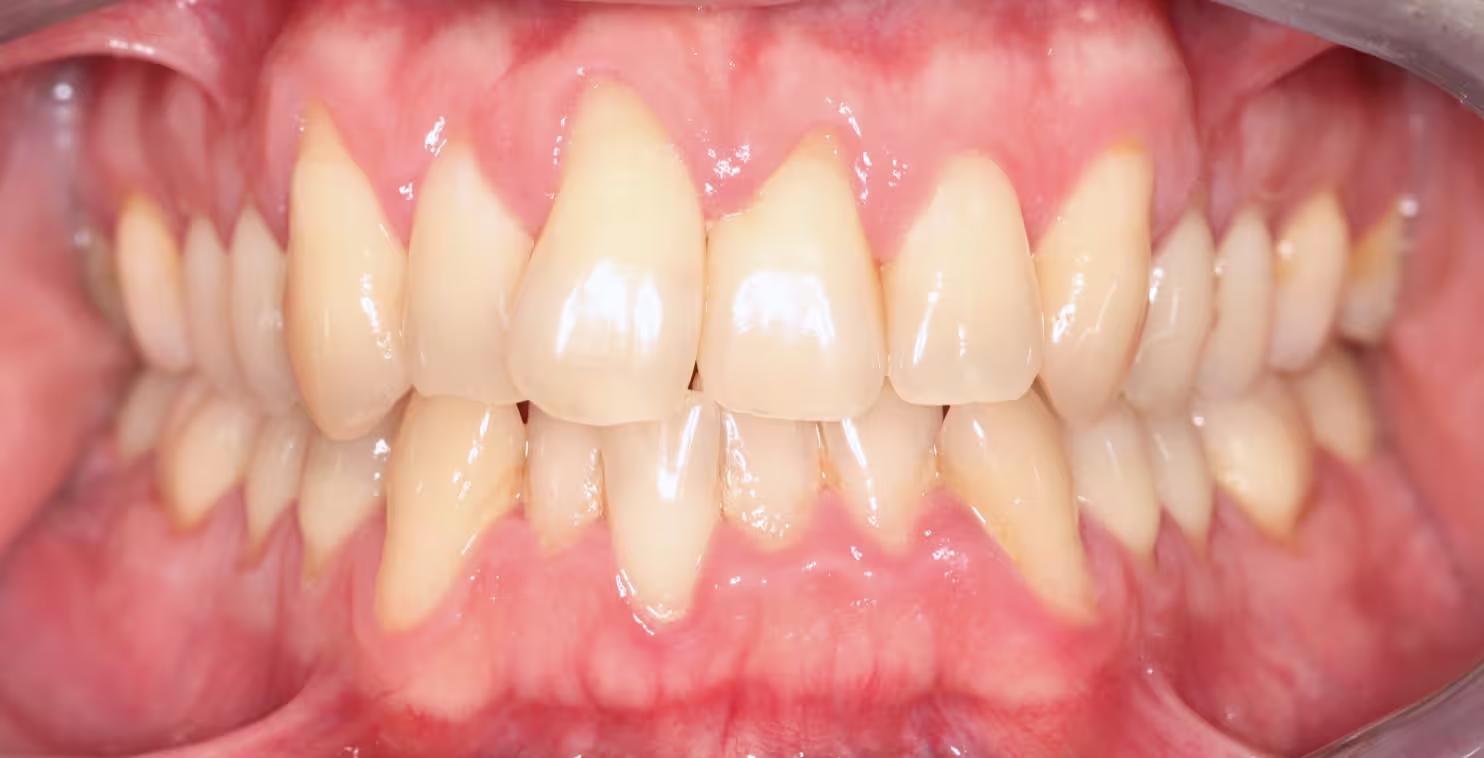
Con el aumento de pacientes adultos en nuestras consultas, es frecuente ver pacientes periodontales con casos con soporte óseo disminuido o incluso pacientes que han sido tratados con ortodoncia de pequeños que presentan algún defecto periodontal provocado por estos tratamientos. Cuando un paciente de estas características acude a la consulta, nuestra principal preocupación se centra en no empeorar su estado periodontal, esto es, no aumentar la recesiones presentes.
If we think about the movement control we have with brackets, it depends mainly on the archwire we use and how we manage anterior pro-inclination. With aligners, we are going to see how we can achieve greater control of the movement of teeth with recessions or that are in a limit situation and prevent further damage. That's why we can say that aligners, in most periodontal patients, give us more advantages than brackets.
Con los brackets nos resulta más difícil tener un control individualizado de cada diente. Cementamos los brackets, colocamos el arco y éste tiene un efecto sobre ellos, moviéndolos simultáneamente. Tenemos métodos para controlar esta proinclinación, como hacer stripping en las primeras fases, cinchar el arco… (error, cinchar un arco en un caso con apiñamiento no controla la proinclinación) Pero no son tan precisos como lo que podemos hacer en una planificación digital.
If you look at the pictures below, we give you two examples, two different planning of the same case:

The first of these is by making back and forth movements. This planning will be much more predictable, as we are making hinged movements and this can give us more guarantees of achieving correct alignment. However, it will be more dangerous for this patient, who starts from the beginning with recessions.

In the second planning we can see how there is no back-and-forth movement. We align the teeth, stripping them from the beginning, and prevent the roots from shifting towards the vestibular during the entire treatment. This is where the advantage of aligners lies. If you want to give radiculolingual torque to a tooth, you can do it. If you don't want to make a back-and-forth movement to solve a crowding, you can do that too. This is what will give us more confidence in treating cases if we plan our ClinChecks, Approvers or whatever software we use correctly.
So far we have talked about the benefits of aligners versus braces, but if we don't use them properly, we can also have problems. The greatest danger of aligners is when the patient removes and puts them on. This removal and placement of the aligners generates forces that can be harmful to teeth with a more delicate periodontal condition. The more times the patient removes the aligners throughout the day, the more damage we are going to cause to those teeth.
If we take these considerations into account, we will be able to approach treatment in periodontal patients with greater peace of mind, taking advantage of the greater control that aligners provide us with to the maximum and offering a better treatment experience.
¿Interesado en aprender más sobre los alineadores en pacientes periodontales y su aplicación en ortodoncia? ¡Únete a nuestro curso presencial "SAS meeting in Madrid on the 18th and 19th of October and deepen your knowledge with experts in the field! Book your place now on our landing page and be part of this unique hands-on training opportunity - don't miss the chance to take your orthodontic practice to the next level!

Introduction: Initial Considerations If you work with aligners, I'm sure that more than once you've considered changing brands, although most probably
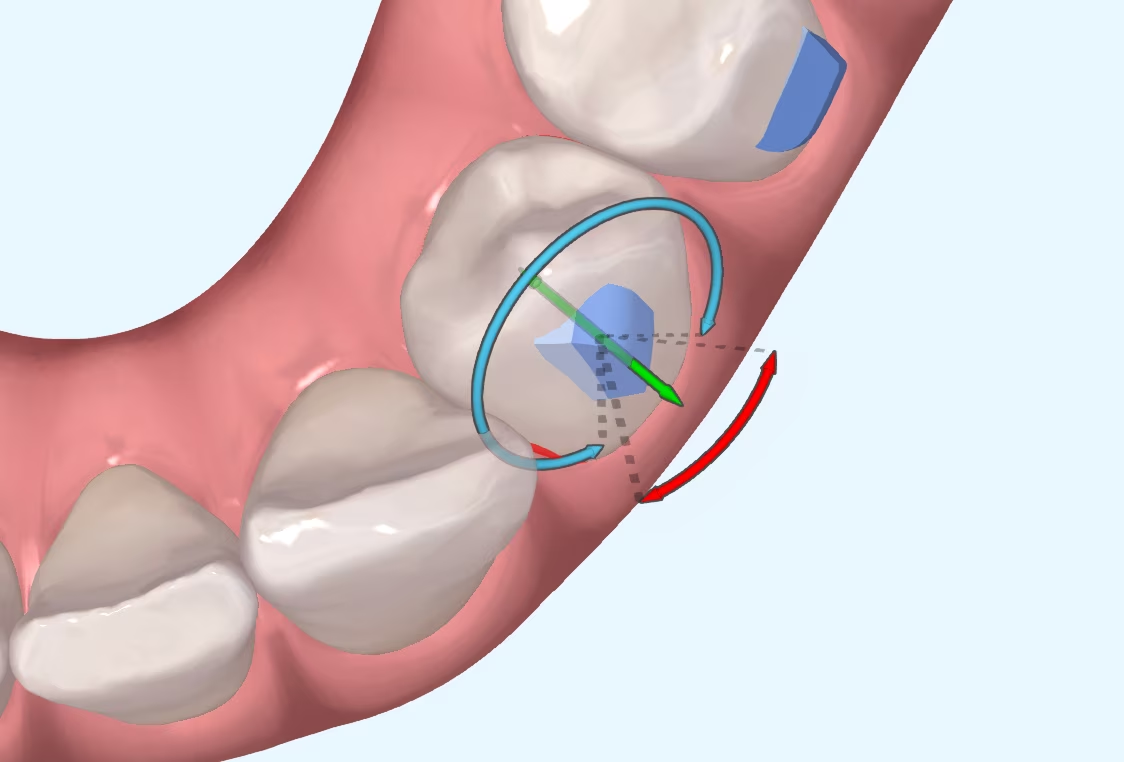
Introduction I suppose many of you are familiar with the myth of Achilles, the Greek hero who was submerged as a child in the River Styx by his mother in order to
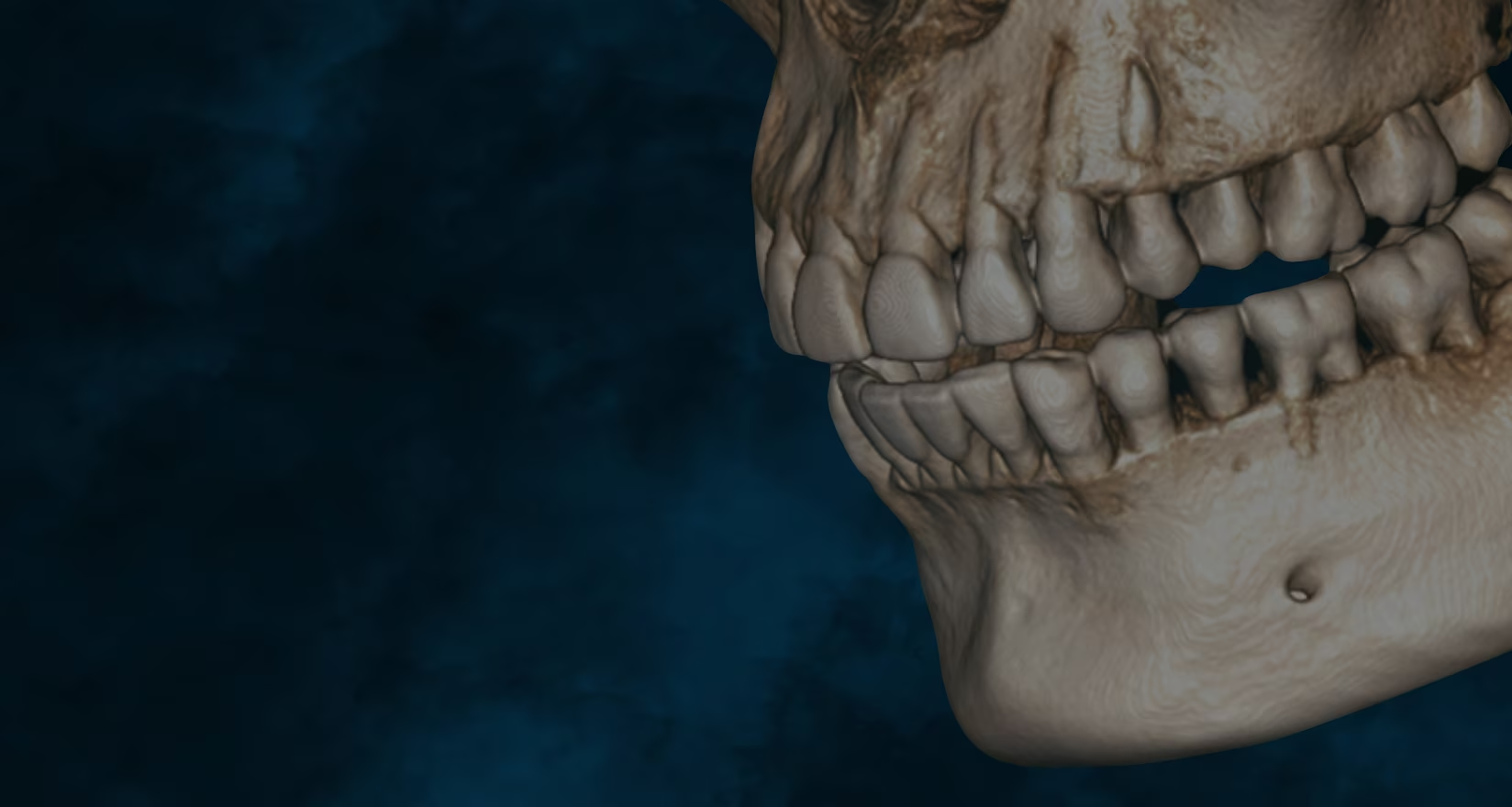
What is CBCT? CBCT is a medical imaging technique that uses a special type of computed tomography (CT) scan to obtain three-dimensional images.
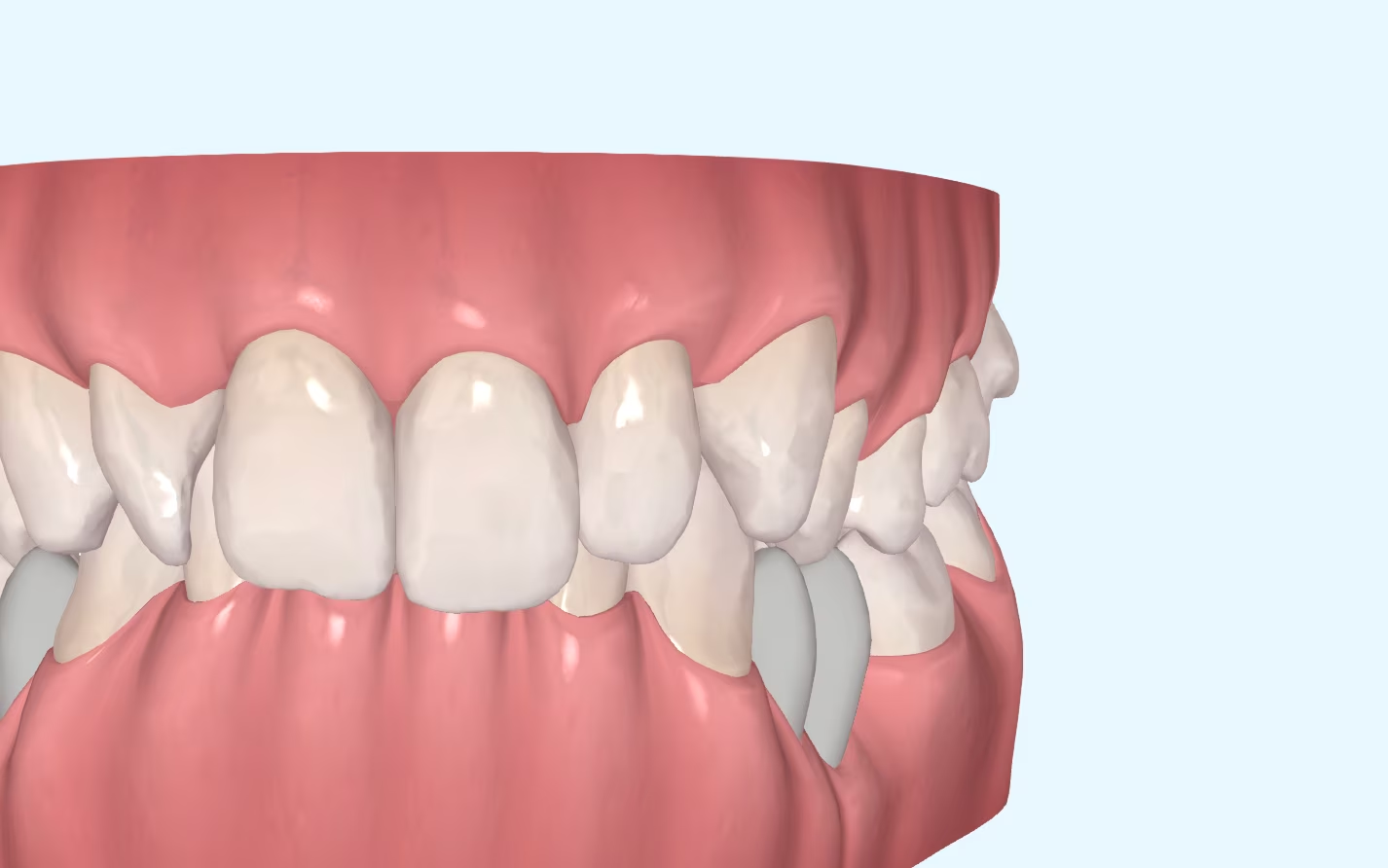
Challenges of Overbite In the more than 20 years that we have been working with invisible orthodontics, we have gone from considering some malocclusions "impossible" to daring to

It is not a question to make us feel guilty. It is only a question that invites us to reflect, to think about the impact we can have in